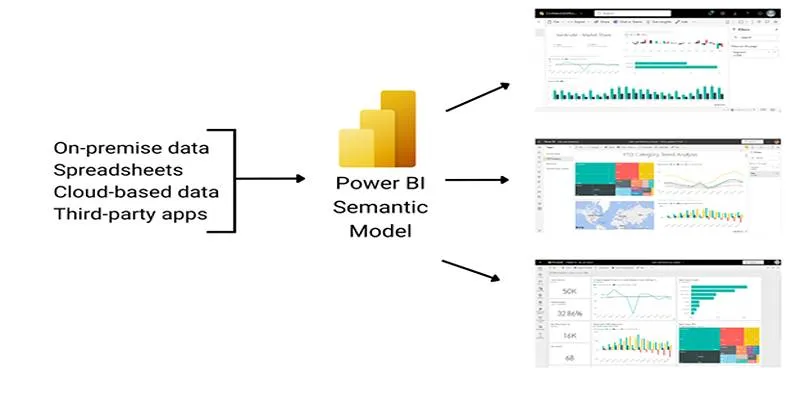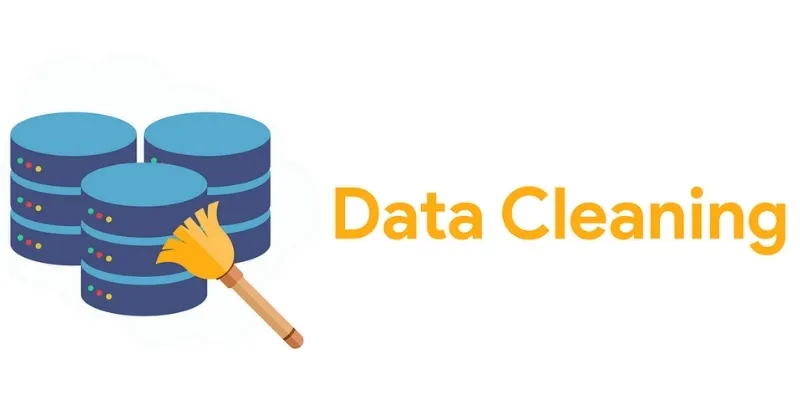When constructing sophisticated AI systems, choosing the correct framework is essential. Semantic Kernel and LangChain are two robust contenders, each with their own strengths. This guide will compare and contrast their features, functionality, and applications so that you can decide which framework best supports your AI development objectives.
What is a Semantic Kernel?
Semantic Kernel is an open-source platform that simplifies the development of AI solutions by integrating traditional programming paradigms with LLMs. It boasts a modular design, allowing developers to bring together different AI aspects, such as prompt engineering, memory management, and skill orchestration.
Semantic Kernel focuses on flexibility, enabling programmers to enhance its functionality using plugins and tailor solutions to meet specific requirements. Its native support for embedding-based semantic interpretation makes it particularly effective for developing context-sensitive applications.
Use Cases and Applications
Semantic Kernel can be used to create smart digital assistants with sophisticated reasoning and contextual understanding. Below are some of its applications:
- Automating workflows by integrating AI with existing business systems.
- Enhancing app search features with semantic query processing.
- Developing AI software for creative activities like content creation and ideation.
- Building specialized task automation systems with memory and orchestration capabilities.
What is LangChain?

LangChain is a powerful framework designed to simplify the development of applications that utilize large language models (LLMs). It provides developers with tools to seamlessly integrate LLMs into their projects, focusing on chaining components, memory utilization, and advanced decision-making capabilities.
By offering modular and extensible components, LangChain empowers developers to build robust, AI-driven applications without requiring extensive expertise in machine learning or natural language processing.
Use Cases and Applications
LangChain is exceptionally versatile, making it suitable for a wide variety of use cases, including:
- Intelligent Assistants: Creating AI agents that handle complex queries, maintain context, and support advanced reasoning.
- Content Generation: Producing high-quality content like articles, reports, and creative works, while supporting brainstorming and collaboration.
- Workflows and Automation: Simplifying business processes by automating tasks and integrating enterprise tools.
- Data Interaction: Enhancing data exploration with systems that enable natural language queries over databases or APIs, facilitating data-driven decisions.
Pros and Cons of Semantic Kernel
Semantic Kernel, a powerful and versatile framework, comes with its own set of strengths and challenges. Understanding these can help users make informed decisions when adopting it.
Pros
- Extensive Flexibility: Easily integrates with existing systems and processes, making it versatile for businesses of all sizes.
- Ease of Use: An intuitive user interface makes it accessible to non-technical users, broadening its applicability within organizations.
- Automation: Improves efficiency and productivity by automating repetitive tasks and workflows.
Cons:
- Cost: May be expensive for small businesses or startups, but the return on investment can outweigh initial costs in terms of time and resources saved.
- Learning Curve: Although user-friendly, there may be a learning curve for those unfamiliar with similar tools, potentially resulting in additional training costs.
Pros and Cons of LangChain
Pros
Here are some of the key advantages of using LangChain that make it a powerful tool for developers and researchers:
- Customizable and Extensible: Allows developers to tailor applications to their needs by providing flexible components.
- Integration with Language Models: Seamlessly works with various language models, enabling robust natural language processing capabilities.
- Active Community Support: An engaged community ensures continuous innovation and the availability of shared resources.
- Composability: Emphasizes the creation of modular chains, simplifying the management of complex workflows.
Cons
Despite its many advantages, LangChain does have some drawbacks that users should consider before implementation. Below are some of the key cons associated with using LangChain:
- Steeper Learning Curve: Users may face a moderate learning curve, especially if they are new to working with language models.
- Limited Prebuilt Tools: Offers fewer out-of-the-box features compared to some established frameworks.
- Performance Bottlenecks: Challenges may arise when handling very large-scale or real-time applications.
- Evolving Ecosystem: Dependence on community contributions can lead to inconsistent updates or documentation gaps.
Choosing the Right Tool

When choosing a tool for your project, ensure it fits your specific needs and goals. For small to medium projects with minimal real-time demands, simple and lightweight tools may work best. For larger applications requiring advanced processing or integrations, a robust, scalable framework is key. Also, consider your team’s skill level—intuitive tools with good support can speed up learning and deployment.
Key Factors to Consider in Decision-Making
- Project Scope and Complexity: Understand the scale and technical demands of your project to determine the appropriate level of sophistication in a tool.
- Scalability and Performance: Evaluate how well the tool can handle current workloads and anticipate future growth or increased demand.
- Community and Documentation: A strong developer community and detailed, regularly updated documentation can significantly aid troubleshooting and capability expansion.
- Integration and Compatibility: Ensure the tool fits seamlessly with existing systems, workflows, and software used by your team.
- Cost and Licensing: Balance the tool’s features and performance with budget constraints and licensing requirements.
Conclusion
Selecting the right software development tool for your team is a crucial decision that should be carefully considered. It is important to prioritize features and capabilities that align with the goals and needs of your team. Consider aspects such as ease of use, scalability, community support, integration compatibility, and cost to make an informed decision.
 zfn9
zfn9





















